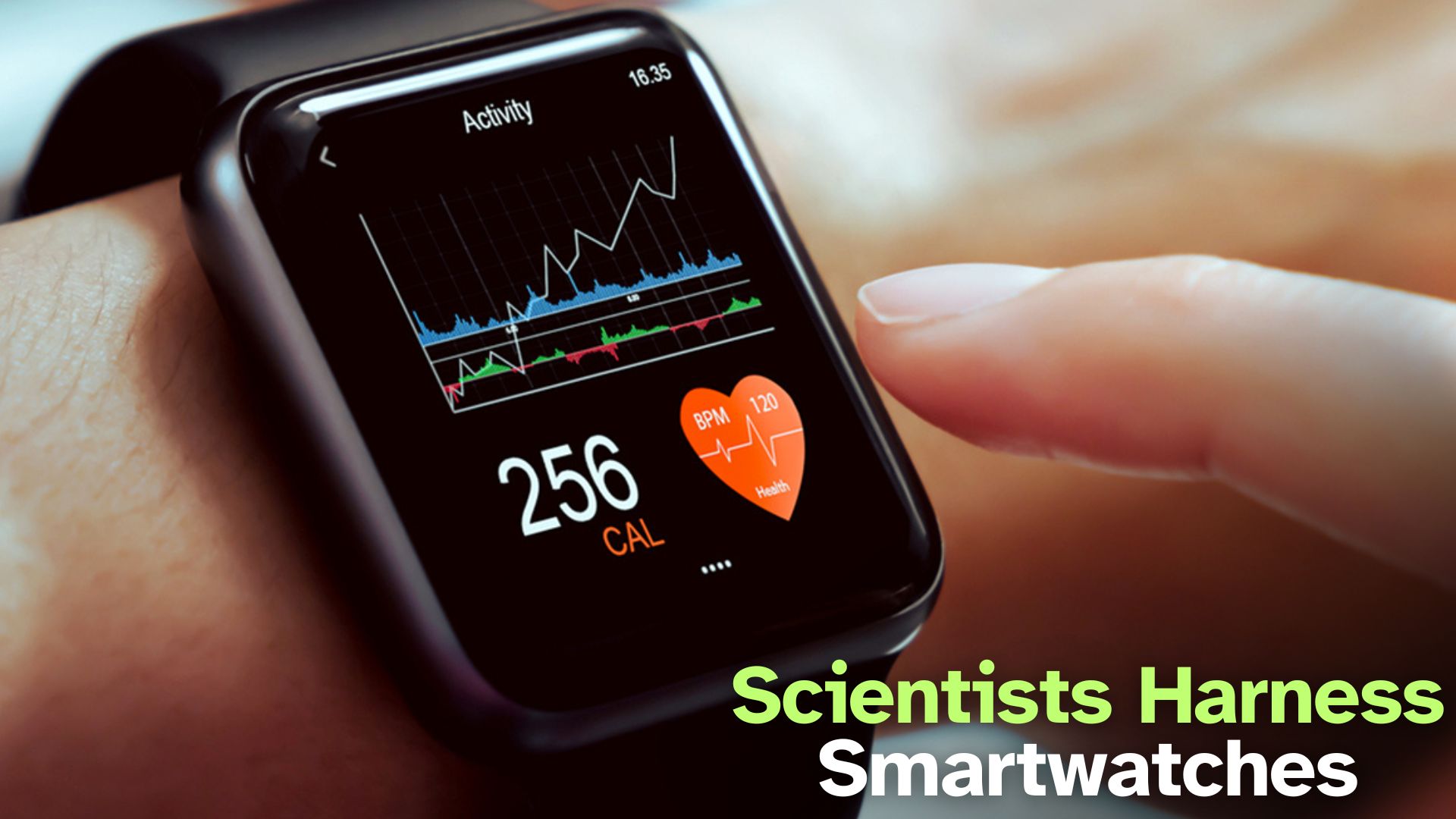Wearable technology has rapidly evolved over the past decade, becoming a vital tool for tracking physical activity, monitoring health, and enhancing daily life. Devices such as smartwatches, equipped with accelerometers, gyroscopes, and heart rate sensors, have traditionally been used to classify basic movements sitting, standing, or walking within controlled laboratory settings.

Now, researchers at Washington State University (WSU) have made a groundbreaking advancement: a new artificial intelligence algorithm capable of recognizing complex daily activities from smartwatch data gathered “in the wild.” This breakthrough not only expands the possibilities of digital health but also opens new avenues for clinical assessment, rehabilitation, and personalized healthcare.
A Breakthrough in Activity Recognition
At the heart of this research lies a sophisticated feature-augmented transformer model, a type of artificial intelligence architecture designed to identify contextual relationships over time. Unlike older models, which primarily detected simple movement patterns, WSU’s system can interpret high-level, goal-directed activities such as cooking, working, socializing, or shopping.
By analyzing multi-modal smartwatch data including motion and heart rate signals the model synthesizes patterns to form a clearer picture of human behavior in everyday contexts. This is a leap forward from simple step counting, offering richer insights into lifestyle, independence, and overall well-being.
Summary Table
| Aspect | Details |
|---|---|
| Research Institution | Washington State University (WSU) |
| Technology Used | Feature-augmented transformer model |
| Dataset | 32 million labeled data points from 500+ participants |
| Key Activities Tracked | Sleeping, eating, traveling, working, cooking, relaxing, etc. |
| Accuracy Achieved | Nearly 78% |
| Applications | Healthcare monitoring, cognitive assessment, personalized rehabilitation, digital health ecosystems |
| Lead Researcher | Diane Cook, Regents Professor |
| Funding Source | National Institutes of Health (NIH) |
| Official Site | Washington State University |
The Eight-Year Study and Dataset
The project was built on an extensive data collection effort spanning eight years and involving more than 500 participants. Each participant wore a smartwatch and was prompted randomly throughout the day to self-report their activity from a set of 12 categories, including:
-
Sleeping
-
Traveling
-
Eating
-
Relaxing
-
Working
-
Cooking
-
Exercising
This methodology resulted in a dataset of over 32 million labeled data points. Each data point represented one minute of activity paired with the participant’s report, creating an unparalleled resource for training and validating the transformer model.
Such a large and diverse dataset gave the model the ability to generalize across different individuals and settings, making it far more robust than prior systems that relied on small-scale, lab-based studies.
Clinical Relevance and Healthcare Applications
The innovation is particularly important in the healthcare sector. Clinicians often face difficulties in assessing how individuals especially older adults or people with chronic illnesses manage essential day-to-day activities. While traditional visits provide only brief snapshots, the new WSU model offers continuous and automated monitoring of real-world behaviors.
For instance, the ability to detect whether someone is cooking, managing finances, or performing self-care tasks can provide vital insights into their functional independence. Subtle changes in these activities may serve as early warning signs of cognitive decline or reduced physical capacity, enabling proactive interventions before problems escalate.
The Role of Transformer Models
Transformer architectures, which revolutionized natural language processing, play a central role in this system. By capturing temporal dependencies across different timeframes, transformers can detect patterns that recurrent neural networks (RNNs) and convolutional neural networks (CNNs) often miss.
By augmenting smartwatch data with additional features, the WSU model overcomes the noise and variability common in real-world activity tracking. The result is a system with an activity recognition accuracy of nearly 78%, a significant improvement over existing approaches.
Broader Implications Beyond Healthcare
Beyond clinical practice, this research creates a strong foundation for integrating human-centered AI into digital health ecosystems. Potential applications include:
-
Remote caregiving – allowing families or healthcare providers to track daily routines unobtrusively.
-
Personalized therapy plans – tailoring rehabilitation based on real-time activity monitoring.
-
Behavioral analytics – linking lifestyle patterns to genetic or environmental factors.
-
Automated diagnostics – combining smartwatch data with electronic health records for predictive healthcare.
Importantly, the WSU team has committed to making the anonymized dataset publicly available, encouraging further innovation by the wider scientific community.
Expert Perspective
Lead researcher Diane Cook, Regents Professor at WSU’s School of Electrical Engineering and Computer Science, emphasized the societal impact of the work. She explained that understanding whether someone can perform critical tasks such as bathing, preparing meals, or managing finances is directly tied to their independence and quality of life. By categorizing behaviors in recognizable terms, researchers can connect activity patterns to cognitive health and functional independence.
Future Directions
The study, funded by the National Institutes of Health (NIH), highlights the growing recognition of wearable AI’s transformative potential. Moving forward, researchers aim to:
-
Refine the algorithm to improve recognition accuracy.
-
Investigate links between activity patterns, genetics, and environmental variables.
-
Explore automated diagnostic applications.
-
Integrate this technology into consumer-grade smartwatches and healthcare systems for widespread use.
Such advancements could democratize access to health monitoring, empowering both individuals and clinicians with continuous, actionable insights into daily life.
Frequently Asked Questions
Q1. What makes this WSU research different from past studies?
A. Unlike previous lab-based studies focused on simple movements, this research uses a large real-world dataset to recognize complex, goal-oriented activities.
Q2. How accurate is the activity recognition system?
A. The transformer-based model achieves nearly 78% accuracy in identifying daily activities.
Q3. What are the main healthcare applications of this technology?
A. It enables continuous monitoring of functional independence, early detection of cognitive decline, and personalized rehabilitation programs.
Q4. Will this technology be available in consumer smartwatches?
A. Researchers aim to integrate their algorithm into everyday devices in the future, making advanced health monitoring widely accessible.
Q5. Is the dataset available for other researchers?
A. Yes, the anonymized dataset and methodologies are being made available to the scientific community for further innovation.
For More Information Click HERE
